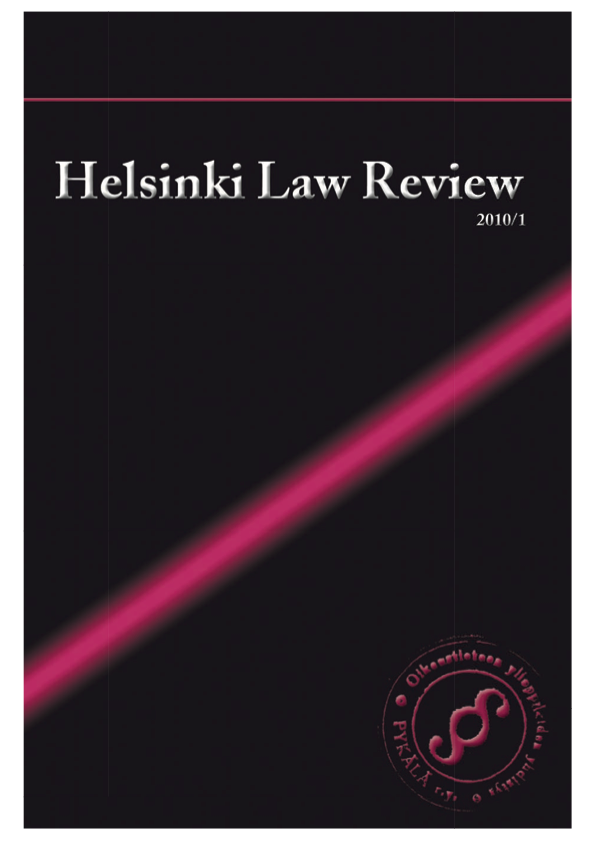Subprime-asuntoluottojen arvopaperistamisen merkityksestä nykyisessä talouskriisissä
Abstrakti
Suomenkielinen tiivistelmä puuttuu.
Tiedostolataukset
Julkaistu
2010-01-01
Viittaaminen
Kivi-Koskinen, J. (2010). Subprime-asuntoluottojen arvopaperistamisen merkityksestä nykyisessä talouskriisissä. Helsinki Law Review, 4(1), 37–74. Noudettu osoitteesta https://journal.fi/helsinkilawreview/article/view/74309
Numero
Osasto
Artikkelit


